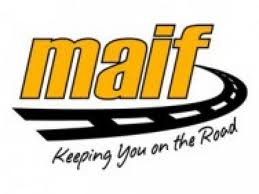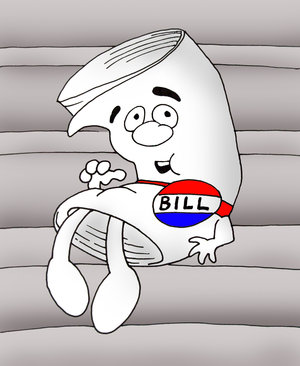Nuts & Bolts of a MAIF Uninsured Auto Accident Claim
 Most auto accident lawyers hate filing MAIF claims. First, there are a lot of hoops to jump through, including a 180-day notice requirement that, if not met exactly, can capsize the entire claim. Second, MAIF uninsured claims are limited to $30,000 per person and $60,000 per accident (see our recent post on the increased minimums). Third, MAIF is really hard to deal with–these claims often require twice the amount of work as one against any other insurance company, and most MAIF uninsured claims have to be resolved at trial. MAIF doesn’t like to pay out under any circumstances.
Most auto accident lawyers hate filing MAIF claims. First, there are a lot of hoops to jump through, including a 180-day notice requirement that, if not met exactly, can capsize the entire claim. Second, MAIF uninsured claims are limited to $30,000 per person and $60,000 per accident (see our recent post on the increased minimums). Third, MAIF is really hard to deal with–these claims often require twice the amount of work as one against any other insurance company, and most MAIF uninsured claims have to be resolved at trial. MAIF doesn’t like to pay out under any circumstances.
Auto accident victims may have to look to MAIF for recovery in these circumstances:
- Hit-and-run auto accident (“phantom vehicle”)
 Maryland Car Accident Lawyer Blog
Maryland Car Accident Lawyer Blog


 I don’t work for the insurance industry. Sometimes, I don’t like the insurance industry. We disagree about a lot of things, like to what extent my clients are hurt because of the negligence of their drivers, and what they should pay for it.
I don’t work for the insurance industry. Sometimes, I don’t like the insurance industry. We disagree about a lot of things, like to what extent my clients are hurt because of the negligence of their drivers, and what they should pay for it.  In 2011, the Maryland Legislature decided that the minimum limits for automobile insurance, which were over 35 years old, needed to be increased. The limits were $20,000 per person/$40,000 per occurrence. They were increased to $30,000/$60,000. Not quite a cost-of-living adjustment (one
In 2011, the Maryland Legislature decided that the minimum limits for automobile insurance, which were over 35 years old, needed to be increased. The limits were $20,000 per person/$40,000 per occurrence. They were increased to $30,000/$60,000. Not quite a cost-of-living adjustment (one